We often think of the internet as one giant, global space—borderless, universal, and shared. But just like language, food, and fashion, digital identity has its own cultural flavors. One of the most fascinating reflections of this is the humble country-specific domain, or ccTLD (Country Code Top-Level Domain).
Those two-letter endings like .it for Italy or .jp for Japan might seem technical at first glance, but dig a little deeper, and you’ll find stories—stories of pride, resilience, creativity, and identity. These domains don’t just tell you where a website is based. Sometimes, they whisper the spirit of a nation.
So let’s explore the cultural heartbeat behind these digital extensions and see how country-specific domains have evolved into unexpected storytelling platforms.
ccTLDs as Cultural Markers
Every country has its own domain extension—assigned by international protocol but shaped by local meaning. Some are used with strict national pride, others are turned into clever branding tools, and a few have found strange new lives far from their original intent.
Here are some of the most intriguing stories behind country-specific domains—and what they say about the countries (or cultures) behind them.
1. .me – Montenegro: Personal, Proud, and Poetic
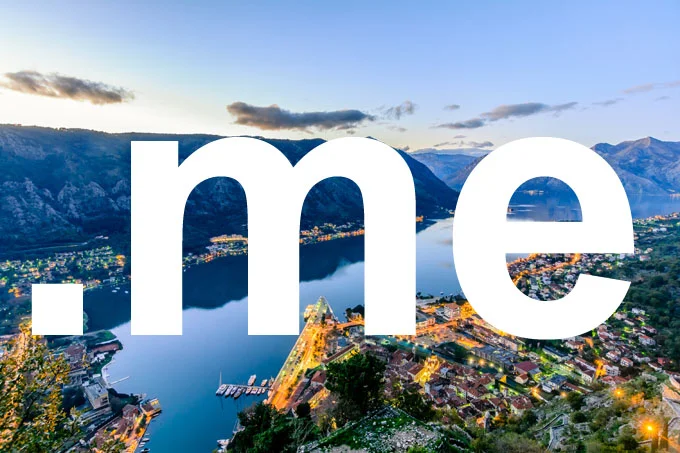
Originally assigned to the small Balkan country of Montenegro, .me has grown into one of the most globally recognized ccTLDs—not because of geography, but because of its universal meaning in English: “me.”
Montenegro embraced the poetic twist of fate. Rather than limiting its domain to local use, it marketed .me internationally as a personal branding platform.
- Ideal for portfolios (
about.me) - Popular among bloggers and creatives
- Emphasized individuality and self-expression
This clever repurposing turned .me into a story of national entrepreneurship. Montenegro, a country of fewer than a million people, found a voice in the global digital chorus—and it sounded like self-love.
2. .tv – Tuvalu: Tiny Island, Massive Impact
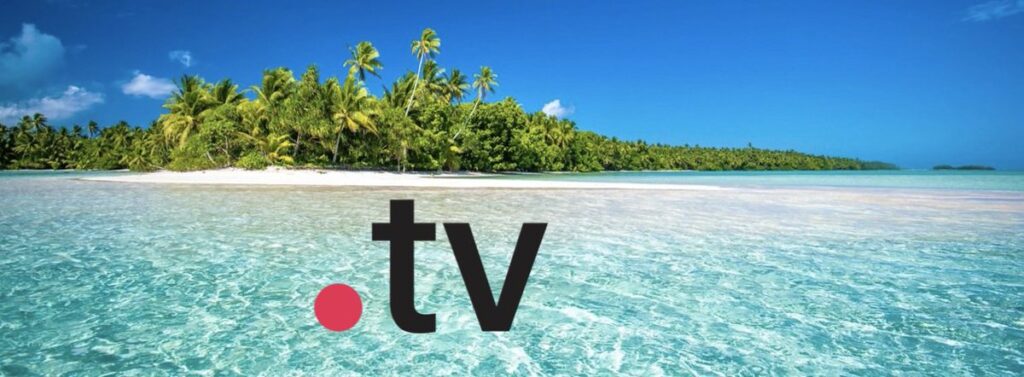
Tuvalu, a remote island nation in the Pacific with a population of around 11,000, hit the jackpot when it was assigned the .tv ccTLD.
Why? Because .tv = television.
As streaming, video content, and internet media exploded, companies rushed to grab .tv domains—think twitch.tv, pluto.tv, or ustream.tv.
Tuvalu saw an opportunity. By leasing .tv rights to registrars and companies worldwide, the government secured a major source of national income. At one point, domain sales made up 10% of Tuvalu’s GDP.
The .tv story is one of digital serendipity—how a domain became a lifeline for a country, simply because of how those two letters resonated globally.
3. .jp – Japan: Precision, Order, and Trust
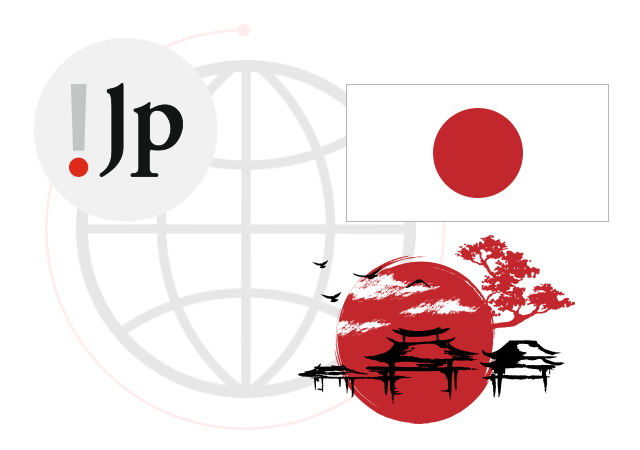
Japan’s use of .jp is tightly regulated and culturally resonant. Unlike some domains that are opened up for global use, .jp is restricted to entities with a Japanese presence.
This fits perfectly with cultural values like:
- Precision – Japanese websites are known for clear structure and careful design.
- Exclusivity – The domain reflects a sense of national quality and order.
- Trust – Japanese consumers place high value on authenticity.
.jpensures legitimacy.
When users see a .jp site, they associate it with the craftsmanship and discipline that define Japan’s brand globally.
4. .cat – Catalonia: Culture Over Country

The .cat domain might look like it’s meant for feline fans, but it actually stands for Catalonia, a region in Spain with a unique language, culture, and long-standing push for independence.
Unlike most ccTLDs, .cat is not tied to a sovereign nation, but to a cultural and linguistic identity.
- Created to support the Catalan language and culture
- Managed by a non-profit foundation
- Used by local businesses, writers, and activists
The .cat domain is more than technical—it’s political and poetic, a silent flag in a digital world. It says: “We are here. We are Catalan. And we have our own space.”
5. .io – British Indian Ocean Territory: From Colonial Legacy to Tech Darling

.io was originally assigned to the British Indian Ocean Territory, a remote and controversial overseas territory of the UK. Yet today, .io is one of the most popular domains for tech startups and software companies.
- “I/O” (input/output) is a core concept in computing
- The short, clean look appeals to digital brands
- Used by early-stage startups and developer tools
But there’s a darker backstory. The native Chagossian people were forcibly removed from the islands decades ago, and the .io domain has become a source of tension—used by companies unaware of its colonial past.
This makes .io a complicated domain: pragmatic in business, but ethically murky. It’s a reminder that domains can carry history, whether we see it or not.
6. .rs – Serbia: Digital Resilience
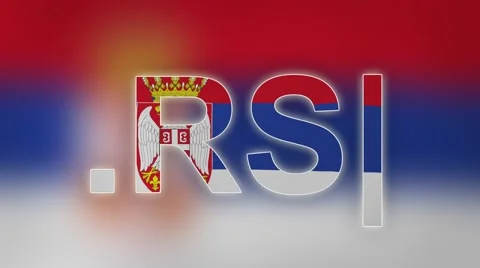
In the 1990s and early 2000s, Serbia’s identity on the web was caught in geopolitical limbo. First using .yu for Yugoslavia, then .cs (briefly) during its union with Montenegro, the country finally adopted .rs after becoming an independent republic.
The .rs domain has since become a symbol of digital rebirth and resilience.
- Adopted widely by Serbian tech companies and startups
- Stands proudly for “Republika Srbija” (Republic of Serbia)
- Used internationally by open-source projects like
ffmpeg.org.rs
.rs isn’t just a country code—it’s a testament to survival, adaptation, and national continuity in a world that changes fast.
7. .nz – New Zealand: Wholesome, Local, Proud
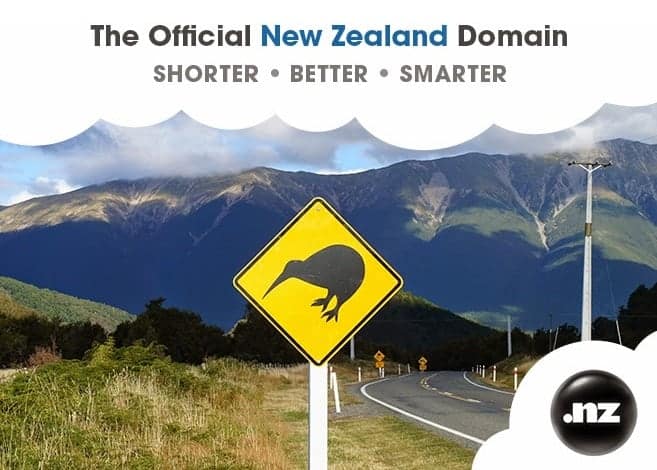
New Zealanders take digital identity seriously. While the .nz domain may not be globally flashy, it holds cultural warmth and local pride.
- Used by government, schools, and local businesses
- Embraced by tourism, nature, and Maori organizations
- Often combined with local subdomains like
.co.nz,.org.nz,.maori.nz
.nz is seen as authentic, transparent, and community-driven—much like the nation it represents. It reflects the Kiwi ethos: humble, resourceful, and connected to land and people.
The Emotional Power of Digital Geography
What do these stories tell us?
That domain extensions aren’t just digital tools. They’re cultural artifacts. They encode national values, regional pride, and even global aspirations. They reflect how countries—and people—want to be seen on the web.
In a world where identity is increasingly digital, these tiny suffixes have big meaning.
Looking Ahead: Culture Will Shape the Future of Domains
As the internet grows, new cultural domain stories will emerge:
- Indigenous communities may push for TLDs of their own
- Regions like Scotland (.scot) or Brittany (.bzh) will continue using domains as digital activism
- Post-colonial nations may revisit domain governance to reclaim digital agency
The domain space will become not just a map of nations, but a mosaic of cultures, languages, and movements.
Final Thoughts: A Dot That Tells a Story
It’s easy to overlook domain endings in favor of sleek design or clever copy. But every ccTLD has a backstory—a fusion of politics, language, culture, and pride.
So next time you click a link ending in .br, .kr, or .pl, pause for a second. That little dot and two letters? They carry more than code. They carry a piece of a nation.



